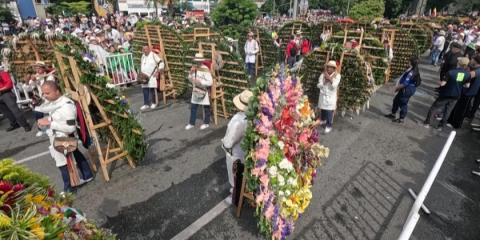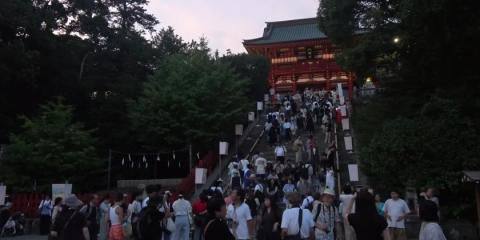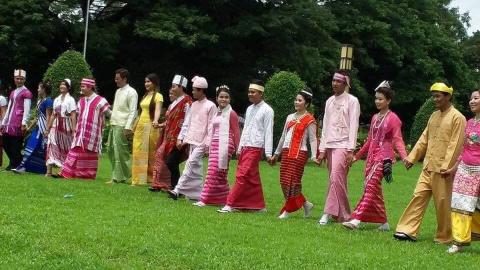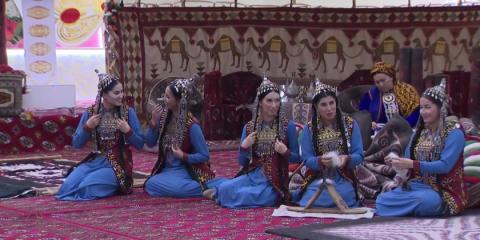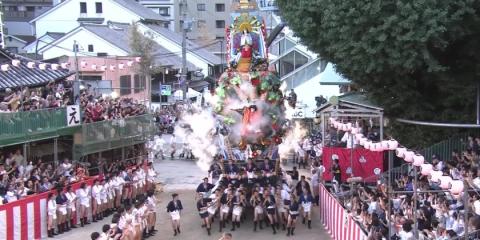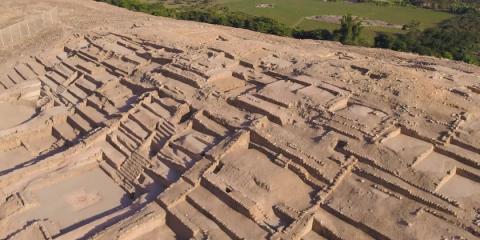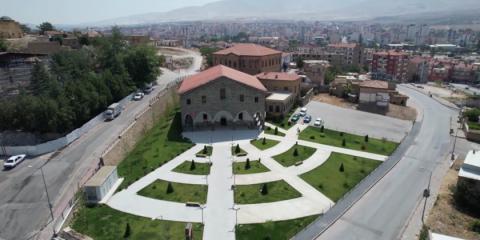The Ministry of Religious Affairs and Culture has announced that it will conduct a field survey on the traditional clothing of Myanmar’s ethnic groups to determine the appropriate national costumes.
The survey was conducted by the National Costume Determination Committee, established in 2023 to eliminate misconceptions about ethnic costumes and investigate their origins.
An official from the National Costume Determination Committee stated that the committee has been working to develop authentic ethnic costumes and has submitted the first ten to the Myanmar National Culture Central Committee for approval. Similarly, efforts are underway to promptly and accurately identify appropriate uniforms for ethnic groups in the remaining states and regions.
In conducting the survey, the committee will collaborate with experts, the Ministry of Ethnic Affairs, and relevant ethnic and cultural organizations. As the traditional costumes of some ethnic groups have evolved, the committee will document and catalogue these changes. In addition, each type of clothing must be submitted in accordance with specified standards. This includes textual descriptions, photographs of both men’s and women’s attire, and step-by-step instructions for wearing the garments, accompanied by photos and short videos against a blue background. The submitted materials will reportedly be forwarded to the Myanmar National Culture Central Committee and documented in official publications. — ASH/TH
GNLM



